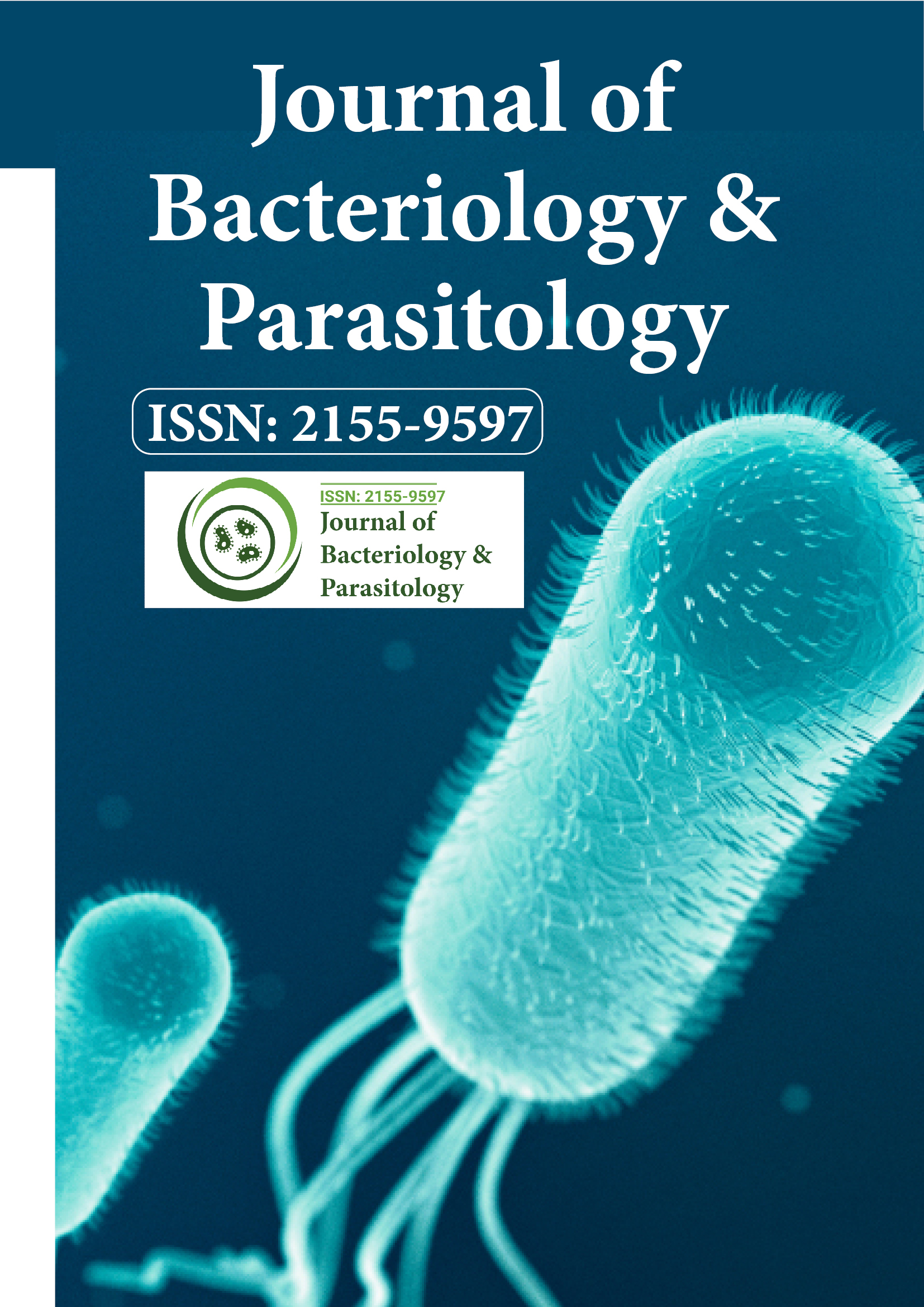Indexed In
- Open J Gate
- Genamics JournalSeek
- Academic Keys
- JournalTOCs
- ResearchBible
- Ulrich's Periodicals Directory
- Access to Global Online Research in Agriculture (AGORA)
- Electronic Journals Library
- RefSeek
- Hamdard University
- EBSCO A-Z
- OCLC- WorldCat
- SWB online catalog
- Virtual Library of Biology (vifabio)
- Publons
- MIAR
- Geneva Foundation for Medical Education and Research
- Euro Pub
- Google Scholar
Useful Links
Share This Page
Journal Flyer

Open Access Journals
- Agri and Aquaculture
- Biochemistry
- Bioinformatics & Systems Biology
- Business & Management
- Chemistry
- Clinical Sciences
- Engineering
- Food & Nutrition
- General Science
- Genetics & Molecular Biology
- Immunology & Microbiology
- Medical Sciences
- Neuroscience & Psychology
- Nursing & Health Care
- Pharmaceutical Sciences
A report of native valve Aspergillus endocarditis presented with acute femoral arterial embolism
2nd International Congress on Bacteriology & Infectious Diseases
November 17-19, 2014 DoubleTree by Hilton Hotel Chicago-North Shore, USA
Supakanya Wongrakpanich, Suramath Isaranuwatchai, Parichart Junpaparp, Wikrom Chaiwatcharayut, Ronpichai Chokesuwattanaskul and Sarawut Siwamogsatham
Accepted Abstracts: J Bacteriol Parasitol
Abstract:
Introduction: Aspergillus species is a rare organism that causes infective endocarditis (IE). Most of reported cases usually have either underlying heart conditions or immunocompromised status. Arterial embolism from infective endocarditis is also an unusual presentation of IE. Furthermore, septic embolization from IE to large artery is also uncommon manifestation. We are reporting a native valve Aspergillus endocarditis in which predisposing risk factors are Intravenous drug user (IVDU) and alcoholism who presented with acute femoral artery embolism. Case Description: A 62-year-old healthy male with a history of IVDU and alcoholism, presented with sudden-onset of right lower extremity pain, associated with weakness and numbness for three hours. Physical examination revealed cold clammy skin of his right leg with absent of pulse distal to popliteal artery. Neurological examination revealed grade 0/5 of motor power of right lower limb with impaired sensation below mid level of his right thigh. Cardiovascular exams showed grade 3/6 pansystolic murmur at apex, radiated to axillary area. A Roth?s spot was also noted on eye exams. With highly suspicious of acute arterial occlusion caused limb ischemia, the computerized tomography with angiography was performed, which showed total occlusion at distal right common femoral artery. Patient underwent emergent embolectomy via right common femoral artery. Subsequent pathological result showed fungal emboli; morphologically microscopic appearance was consistent with Aspergillus spp. Subsequent report of blood culture confirmed Aspergillus fumigata. Transesophageal echocardiogram revealed moderately severe mitral valve regurgitation with 7x9 mm oscillating vegetation attached at anterior leaflet of mitral valve. The diagnosis of Aspergillus infective endocarditis with acute femoral arterial occlusion due to fungal emboli was established. The patient was successfully treated with anti-fungal therapy (Amphotherecin B and Voriconazole) and Mitral valve replacement. Discussion: We hereby report a case of Aspergillus endocarditis in native valve which is interesting in aspects of a rare involved organism and unusual manifestation of large septic embolism attributed to acute ischemia of entire limb. Careful cardiac exam, high index of clinical suspicion, and histopathological concern of emboli aid us to diagnosis of this rare entity early leading to proper lifesaving treatment. Generally, Aspergillus endocarditis portends a very poor prognosis and surgical intervening usually be warranted. Our patient was successfully treated with medical and surgical management, which showed satisfactory outcome.

